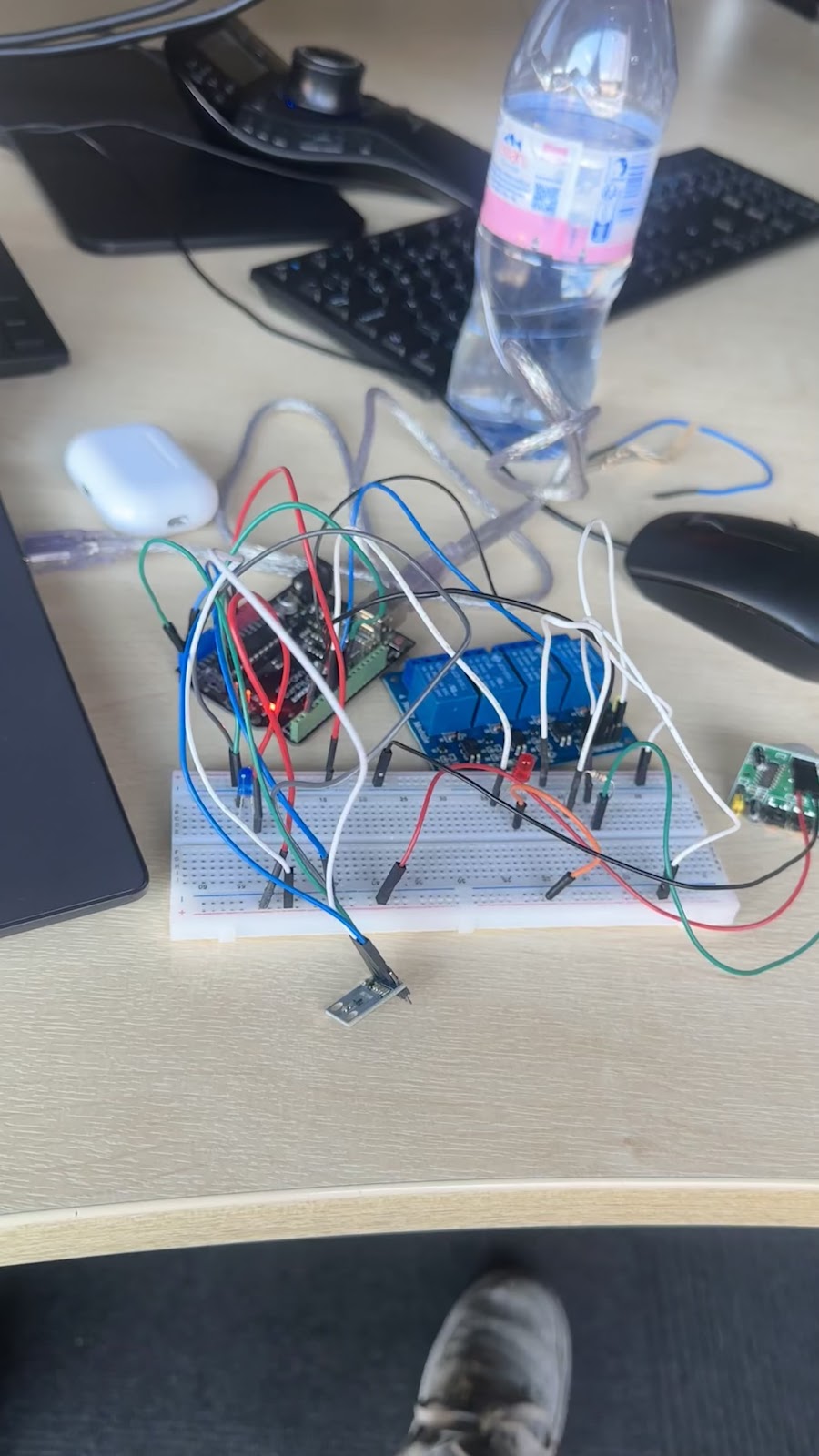project Aims
Key Components of my Proposed System:
- Occupancy Detection: Utilizing sensors to determine room occupancy and adjust lighting accordingly.
- Natural Light Adjustment: Incorporating light sensors to measure ambient light levels and modulate artificial lighting to maintain consistent illumination.
- Gesture-Based Control: Implementing camera-based systems to recognize user gestures for intuitive lighting control
Project Aim
The primary aim of this project is:
To design and develop a smart lighting system that optimizes energy efficiency and enhances user convenience by automatically adjusting lighting based on room occupancy, ambient light levels, and gesture-based user inputs.
This project aligns with energy efficiency goals and provides an interactive, sustainable, and smart lighting solution for homes and offices
Key Objectives:
Implement Gesture-Based Control
- Use a camera module and computer vision algorithms to recognize user gestures for turning lights ON/OFF and adjusting brightness.
Integrate a PIR Motion Sensor for Occupancy Detection
- Automatically turn lights ON when a person enters and turn them OFF when the room is vacant.
Develop an Adaptive Lighting System
- Use a light sensor to measure ambient light levels and adjust artificial lighting accordingly.
Enable Remote Monitoring and Control
- Use a Wi-Fi module (ESP8266/ESP32) to provide a web-based/mobile interface for remote access.
Test and Validate System Performance
- Measure energy savings, gesture accuracy, system response time, and user satisfaction under real-world conditions.


Comments
Post a Comment